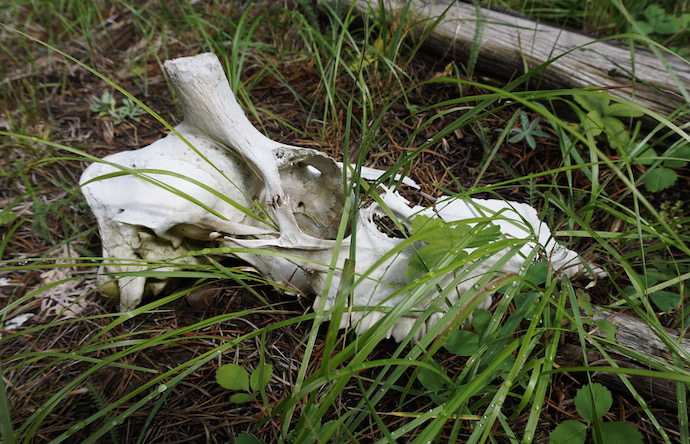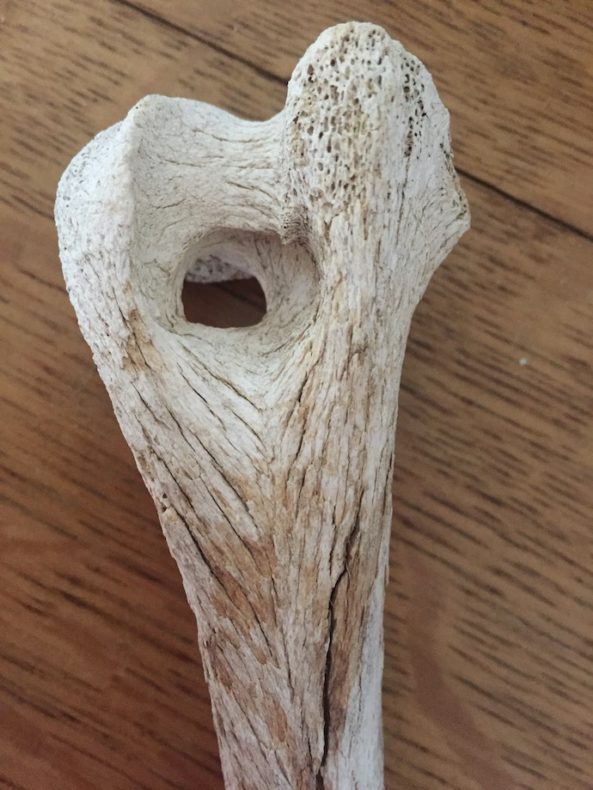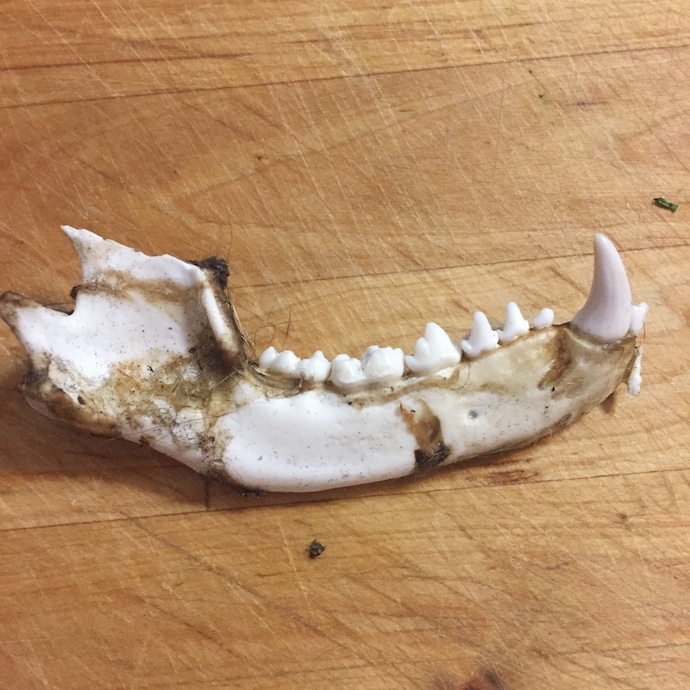
I am turning 40 on the day I am supposed to write this, so instead, I am re-running my favorite LWON essay–one suited to summiting the peak of midlife and looking out towards the horizon of death (ideally still just at the limit of one’s vision). Enjoy!
Taphonomy is the study of what happens to bodies, especially bones, after death on their way to fossilization. Few bones make it that far, but when they do, taphonomy is the journey through which the biological becomes geological.
In life, bones are tissues, despite their rigidity. Calcium flows in and out of the bone bank as the body requires. Blood vessels feed bones; bones grow and heal. After death, if they escape immediate destruction through fire, mechanical pulverization, or consumption by rodents, invertebrates or microbes, they can mineralize, becoming bone-shaped stones.
In the Yale Peabody Museum in New Haven Connecticut, you can see the skeleton of a moa—an extinct flightless bird from New Zealand up to 3.6 meters (12 feet) in height. The species Dinornis novaezealandiae was obliterated only recently by us humans. The Yale specimen is young enough, according to a sign hanging nearby, that its bones have not fully fossilized. In a hall of dinosaur fossils, rocks in the shape of living things, the moa bones are still collagen and bone salt.
Our bones can outlast us by quite a bit of time, but only a few ever join the lithosphere. For that to happen, a bone generally must be promptly buried in an anoxic environment. For those scattered on the surface in an osseous penumbra by squabbling scavengers, the bone hangs on for just a brief echo, a mere shudder in geological time.
Scavengers take the first crack at bone destruction, gnawing and splintering them. Arm and leg bones are apt to get their extremities popped off. As one taphonomy study recounts, “long bones are transformed into tubular shafts with smoothed margins that are polished in appearance due to scooping and licking actions of the carnivore while extracting marrow.”
After the fleshy tidbits are gone, many little creatures, like squirrels and mice, gnaw bones for the calcium. These animals are called “taphonomic agents” along with scavengers. “Although often stated to be frequent modifiers of dry, weathered skeletal remains,” the study recounts, “rodents have also been implicated in the modification of fresh greasy bone.”
Ultraviolet radiation from the sun and the expansion and contraction of matter as temperatures change can dry and crack a bone. In the Amboseli basin in Kenya, even big bones are generally weathered “beyond recognition” in 15 years.

If you want to get rid of bones post haste, they burn well. A bonfire was originally a bone fire. These days, many large ranching operations still have bone piles or “dead piles”. They will burn if the fire is good and hot. After all, that’s how funeral pyres and cremation work. Bone ash can be used as fertilizer or, when mixed with clay and feldspar, to make bone china.
Burning bones precludes them becoming mementos or relics. That’s why the Roman emperor Julian supposedly burned the bones of St. John the Baptist long after his martyrdom.
At death, consciousness flies instantly, popped like a bubble or transported elsewhere, we do not know. (I lean towards instant annihilation, despite our human disbelief that something that takes a lifetime to knit can be unraveled in a moment). Soft tissues follow swiftly, repurposed as food for decomposers, their energy flowing through the ecosystem like little brooks tumbling downhill. The bones linger.

The woods near where I live are teeming with wildlife but arid; we have bone gnawers but they have a surfeit of bones to gnaw. The result of our local ratio between megafauna and decomposers is a diffuse layer of bone mixed with the pine needle duff, strawberries, and bonelike woody debris bleached pale.
When I happen across bones, I almost always want to take them home, and sometimes I do. I’ve come home with deer vertebrae, elk jaws, rodent skulls, carp otoliths. These prizes teach me anatomy and remind me—not that I need reminding—of the mortality of all living things. They are beautiful too; they are the part of us animals we only see in the crisis of a terrible injury or in the calm of a long time after death. They are our hidden shape, the tenants of our flesh. An Anglo Saxon kenning calls the human body the bānhūs, the bone house.
We feel love in our hearts but we feel truth in our bones. They are sturdier than we.
When my husband comes home from hunting morels, he brings me a lower jaw. I determine it probably belonged to a raccoon. I run my finger down the sloping ramus and along the body, the horizontal bone from which teeth sprout like Cadmus’s soldiers. I add the jaw to my bone hoard, saving it from immediate destruction, altering its fate. I am now a taphonomic agent myself.
Happy birthday, Emma!